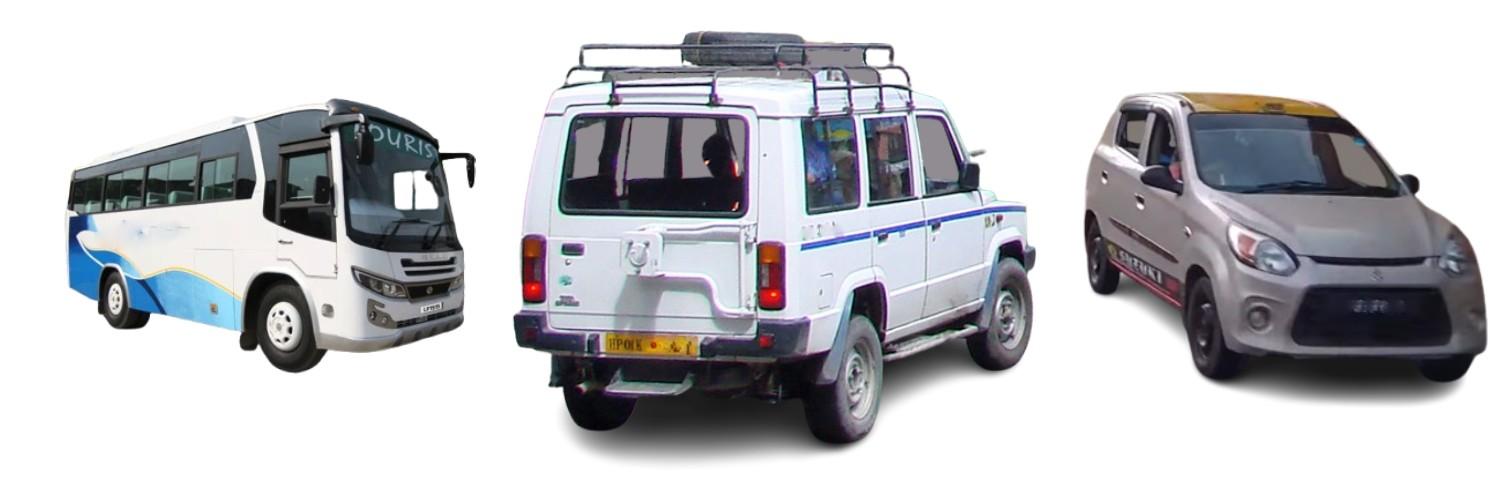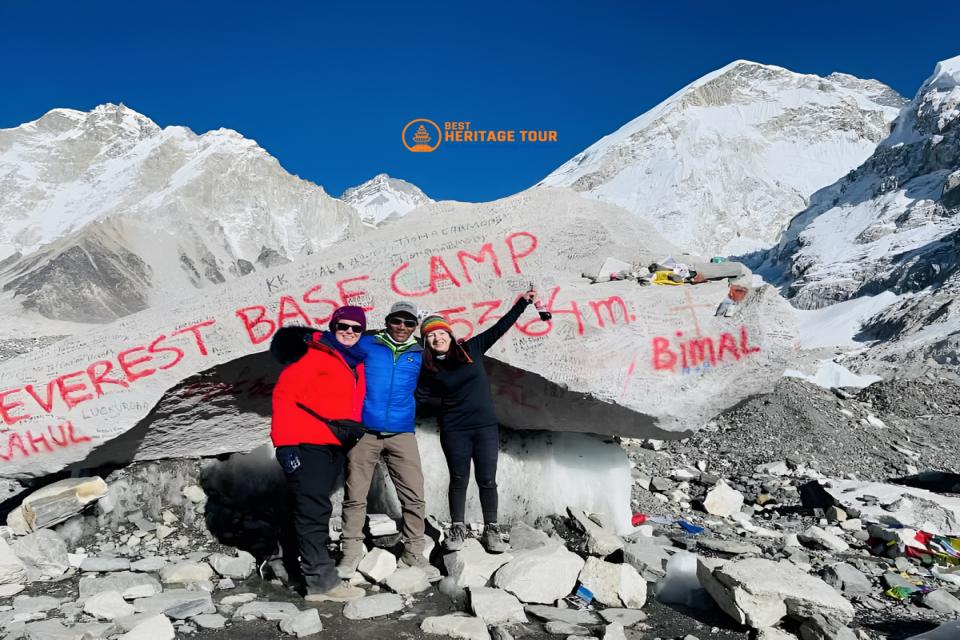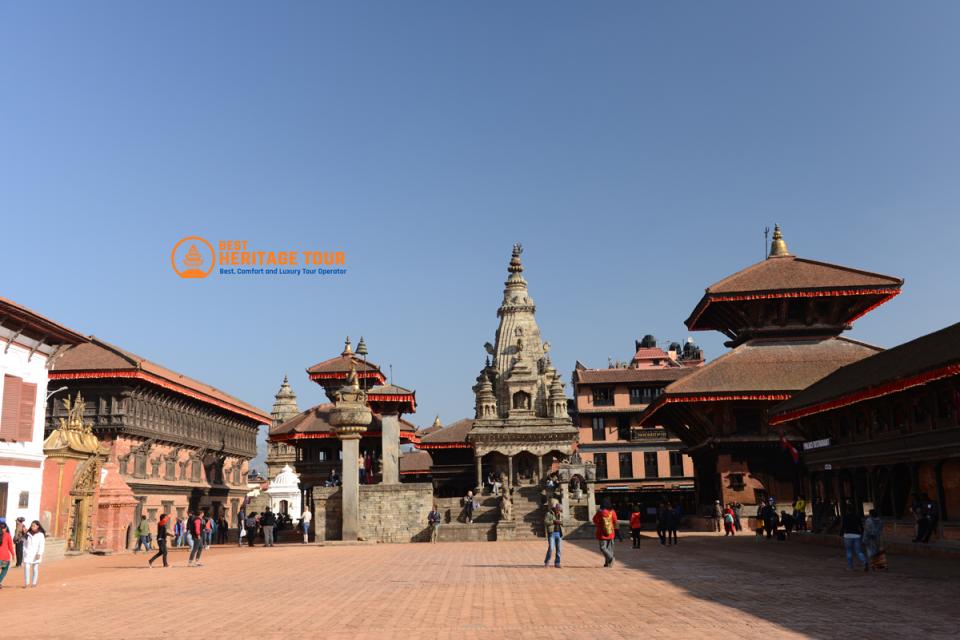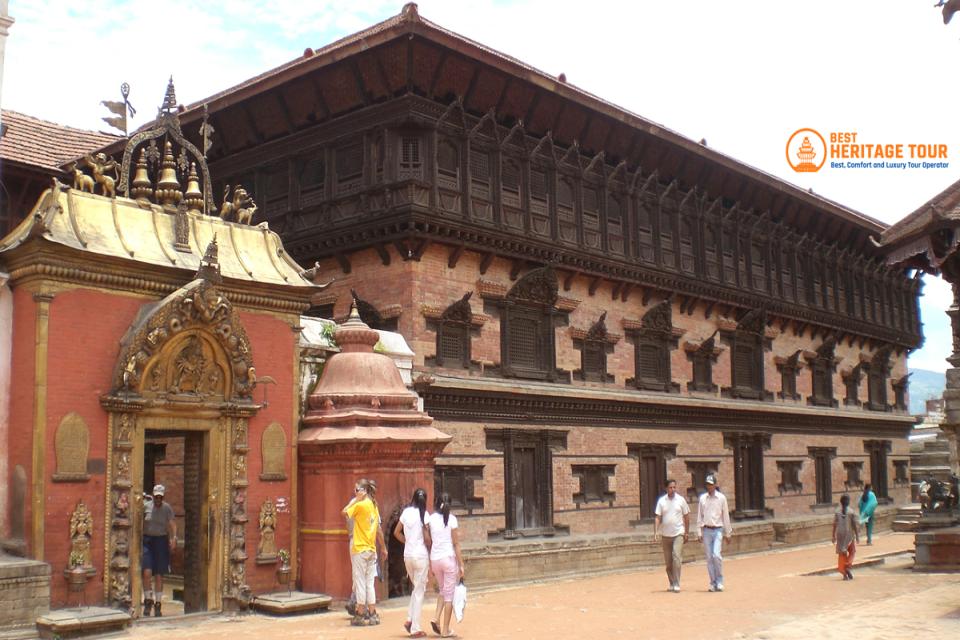Nepal is a country of stunning landscapes, vibrant culture, and bustling cities. For tourists and trekkers alike, navigating its roads and trails efficiently is key to making the most of your trip. While many travelers rely on private transfers or organized tours, public transport is often the most affordable and authentic way to experience Nepal.
However, using buses, microbuses, taxis, and ride-sharing services can be intimidating for first-time visitors. Routes are sometimes unclear, schedules are flexible, and traffic in cities like Kathmandu can be hectic. This guide provides practical tips for tourists on how to safely and effectively use public transport in Nepal while enjoying a stress-free journey.
Understanding Public Transport in Nepal
Nepal’s public transport system is a mix of:
-
Local buses: Cover urban and intercity routes.
-
Microbuses and minibuses: Faster and slightly more comfortable than regular buses.
-
Taxis and ride-sharing services: Widely available in cities like Kathmandu and Pokhara.
-
Tourist buses: Private buses with assigned seating for popular trekking regions.
Each option has its advantages. Local buses are extremely affordable and provide an authentic experience, but they can be crowded and slower. Microbuses are convenient for medium distances and smaller groups, while taxis and ride-sharing apps offer flexibility and comfort. Tourist buses are best for long-distance journeys to trekking or sightseeing destinations.
Tips for Using Public Transport Safely
1. Know the Routes and Schedules
-
Routes may not be clearly marked, especially for local buses.
-
Ask locals, your hotel, or guesthouse staff for guidance.
-
In Kathmandu, bus stops can be busy and confusing, so it helps to know your destination in advance.
2. Taxis and Ride-Sharing Services
In cities like Kathmandu and Pokhara, taxis and ride-sharing apps offer convenience and safety. Ride-sharing apps such as Pathao and inDrive have become increasingly popular among tourists. These apps allow you to:
-
Compare fares and avoid overpaying
-
Track your ride for safety
-
Pay digitally or in cash depending on your preference
Even when hailing a traditional taxi, it’s advisable to agree on a fare upfront if a meter is not available. Using ride-sharing apps is especially useful for tourists unfamiliar with local rates, reducing the risk of being overcharged.
3. Carry Small Change
-
Most buses accept cash, but drivers rarely provide change for large notes.
-
Keep Nepali rupees in small denominations for smooth transactions.
4. Prioritize Safety
-
Always keep your belongings close, especially in crowded buses and microbuses.
-
Avoid traveling alone late at night in public transport vehicles.
5. Be Prepared for Crowding
-
Buses, especially during peak hours, can be crowded.
-
Stay patient and maintain awareness of your surroundings.
-
Use a secure backpack or fanny pack to protect valuables.
6. Opt for Tourist-Friendly Buses for Long Distances
-
For journeys to Pokhara, Chitwan, or Lumbini, tourist buses are comfortable, safe, and reliable.
-
Tickets can be booked online or at bus terminals, providing peace of mind for travelers.
Practical Tips for Trekkers
If you’re heading to trekking regions:
-
Jiri, Salleri, or Lukla: Many trekkers use local buses to reach trailheads. These buses are often crowded, so early departures are recommended.
-
Pokhara to Nayapul or Besisahar: Tourist buses are preferred for comfort, but local buses offer a cheaper alternative.
-
Carry essentials: Water, snacks, and a small first-aid kit are advisable, especially on long bus journeys.
Common Public Transport Challenges
-
Traffic congestion: Kathmandu and Pokhara can experience heavy traffic. Plan for delays.
-
Limited English-speaking drivers: Communication may require gestures or Nepali phrases.
-
Road conditions: In rural areas, roads may be rough, and travel times longer than expected.
Despite these challenges, public transport offers a unique perspective on Nepalese daily life and culture. You’ll get to mingle with locals, enjoy scenic views, and save on travel costs compared to private transfers.
Tips to Make Travel Convenient
-
Use mobile apps or online resources for bus timings and routes.
-
Ask your hotel or trekking agency for reliable transport recommendations.
-
Travel during daylight hours whenever possible. Roads can be difficult to navigate after dark, particularly in hilly regions.
-
Always carry a small map or offline GPS app, especially in rural areas.
Why Trekking with Best Heritage Tour Helps
Navigating Nepal’s public transport system can be daunting, especially for first-time visitors. Best Heritage Tour ensures hassle-free travel by providing:
-
Reliable transport options tailored to your trek or sightseeing itinerary
-
Guidance on using local buses, microbuses, taxis, and ride-sharing apps safely
-
Assistance in arranging private or tourist buses when needed
-
Tips for managing cash, tickets, and belongings while on the move
With professional support, you can focus on enjoying the Himalayan landscapes and cultural experiences rather than worrying about transport logistics.
Conclusion
Using public transport in Nepal is affordable, convenient, and immersive. From bustling city buses to tourist-friendly coaches and ride-sharing apps like Pathao and inDrive, travelers can navigate the country effectively with a bit of preparation. By following safety tips, planning routes, and being mindful of cash and belongings, you can make your journey smooth and enjoyable.
For expert guidance on trekking and travel in Nepal, contact Best Heritage Tour:
Phone: +977-9851149197 / +977-9810043046
Email: info@bestheritagetour.com | bestheritagetour@gmail.com
Booking/Info: www.bestheritagetour.com
Office Location: Thamel Marg, Kathmandu, Nepal
Travel smart, ride safely, and explore Nepal with confidence!
Author: Best Heritage Tour
Date: 21st August, 2025





